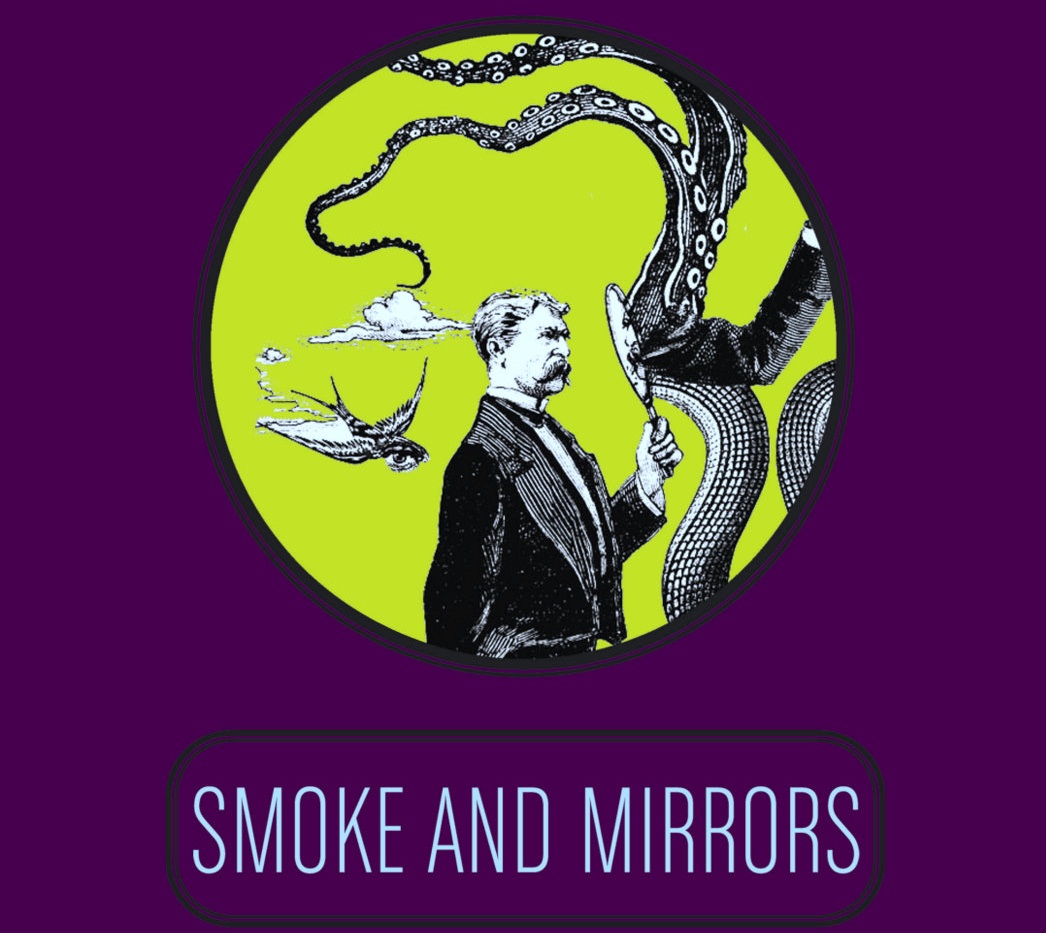

Sometimes the more grounded tale is a retelling of a fairy tale. There are numerous retellings of fairy tales contained within, often with a dark(er) twist, while others feel more cemented in the real world with an element of magic or the otherworldly sprinkled in. Nearly every tale has an element of the fantastic to it, though some are a lot more grounded than others. From a thrifty old lady, to a hardboiled lycanthrope, to an 11-year-old girl having a picnic at the site of the End of the World, each feels like a distinct individual with a unique take on the world. It continues to amaze me not just how well Gaiman can tell stories, but how well he can tell stories with such differing perspectives. He has a writing style as an author that I’m continually engaged by, and while I’m not entirely confident that I could recognize a story as his without knowing beforehand, they always feel familiar to me.

As it turns out, his short fiction varies quite widely in terms of subject matter.ĭespite this variance, there is a familiar narrative voice at the core of these stories, and this is by no means a bad thing. I was interested to see just how much a departure in format would change his style of writing, as I have recently been noticing common trends in his novels. I’ve been a rather big fan of Gaiman for a number of years now, but admittedly this is the first time I’ve read any of his short fiction outside of comic books. From what I gathered reading it, most if not all of these stories had been published before as part of different collections or anthologies. Smoke and Mirrors by Neil Gaiman is a collection of “short fiction and illusions,” originally published in 1998.

It will dazzle your senses, touch your heart, and haunt your dreams. Explore a new reality, obscured by smoke and darkness yet brilliantly tangible, in this extraordinary collection of short works by a master prestidigitator. In Smoke and Mirrors, Gaiman’s imagination and supreme artistry transform a mundane world into a place of terrible wonders-where an old woman can purchase the Holy Grail at a thrift store, where assassins advertise their services in the Yellow Pages under “Pest Control,” and where a frightened young boy must barter for his life with a mean-spirited troll living beneath a bridge by the railroad tracks. In the deft hands of Neil Gaiman, magic is no mere illusion.


 0 kommentar(er)
0 kommentar(er)
